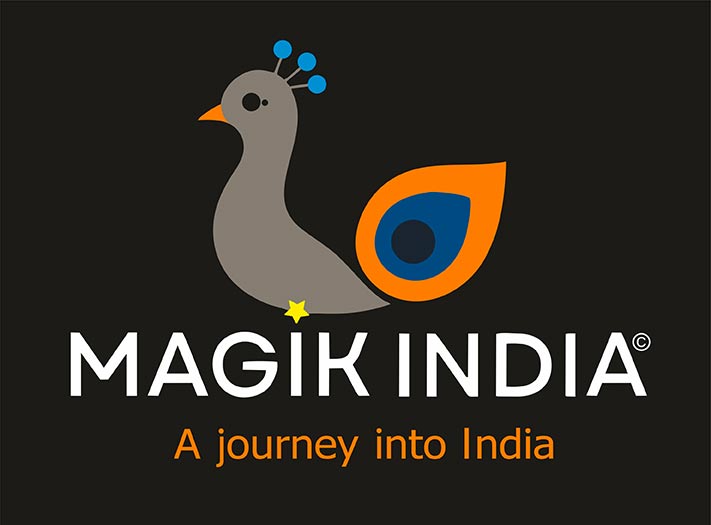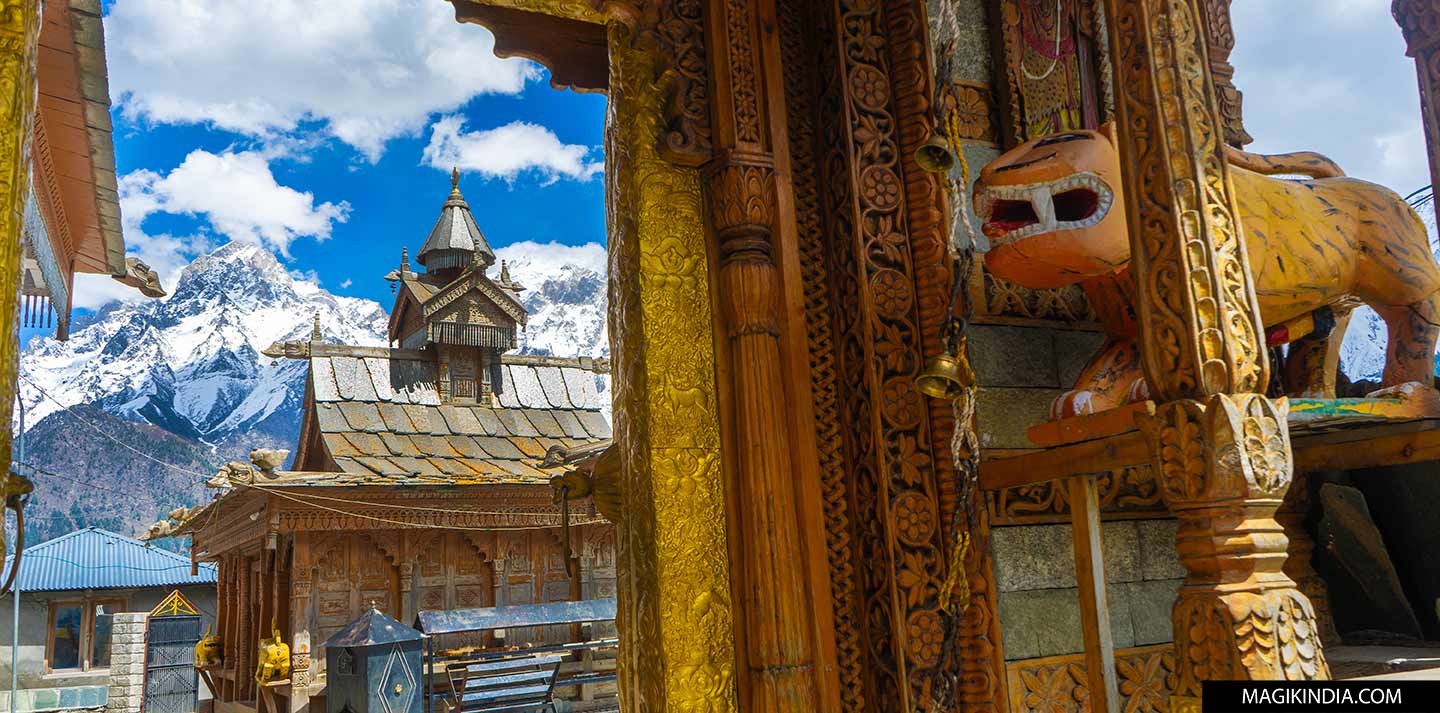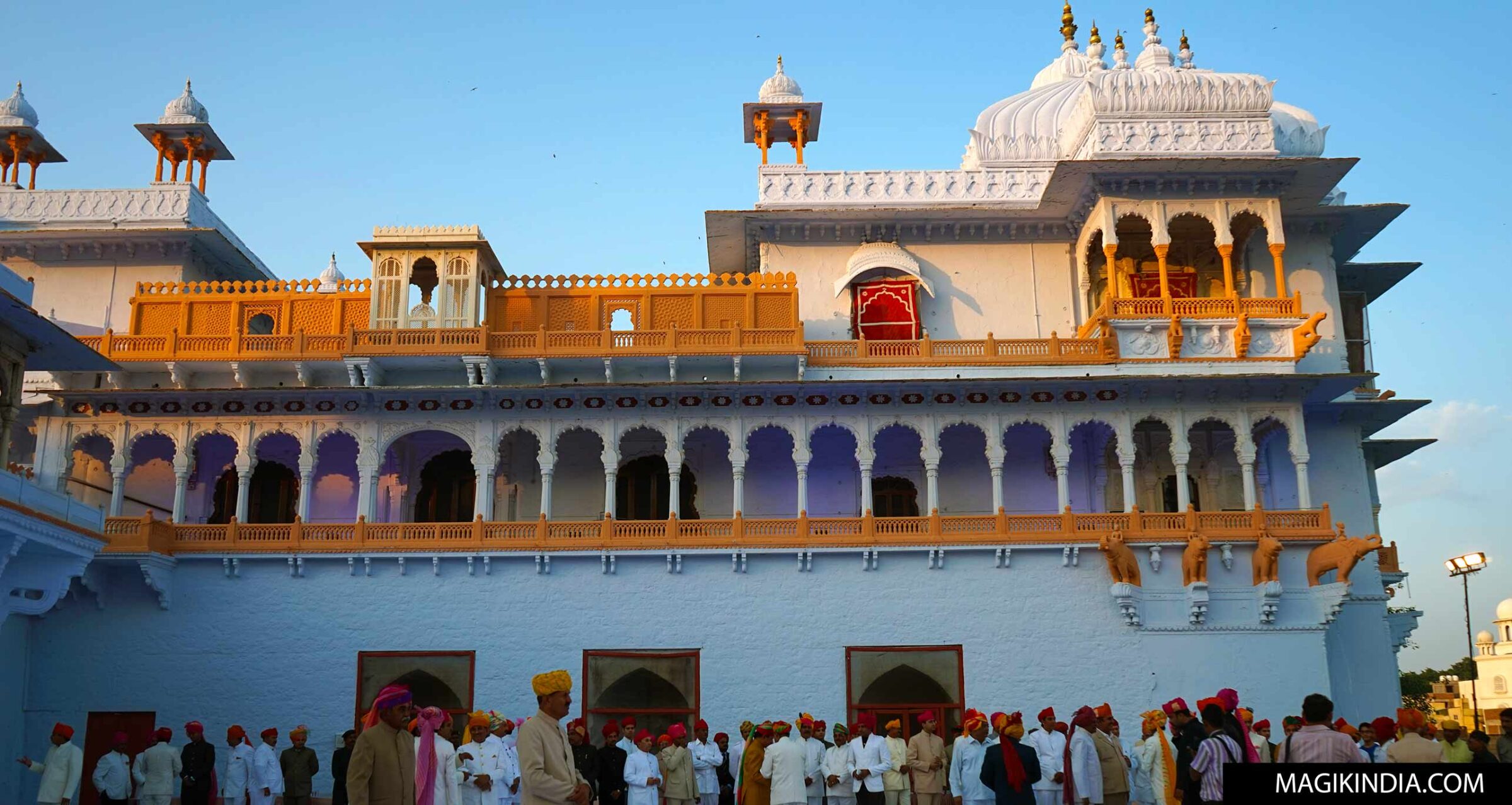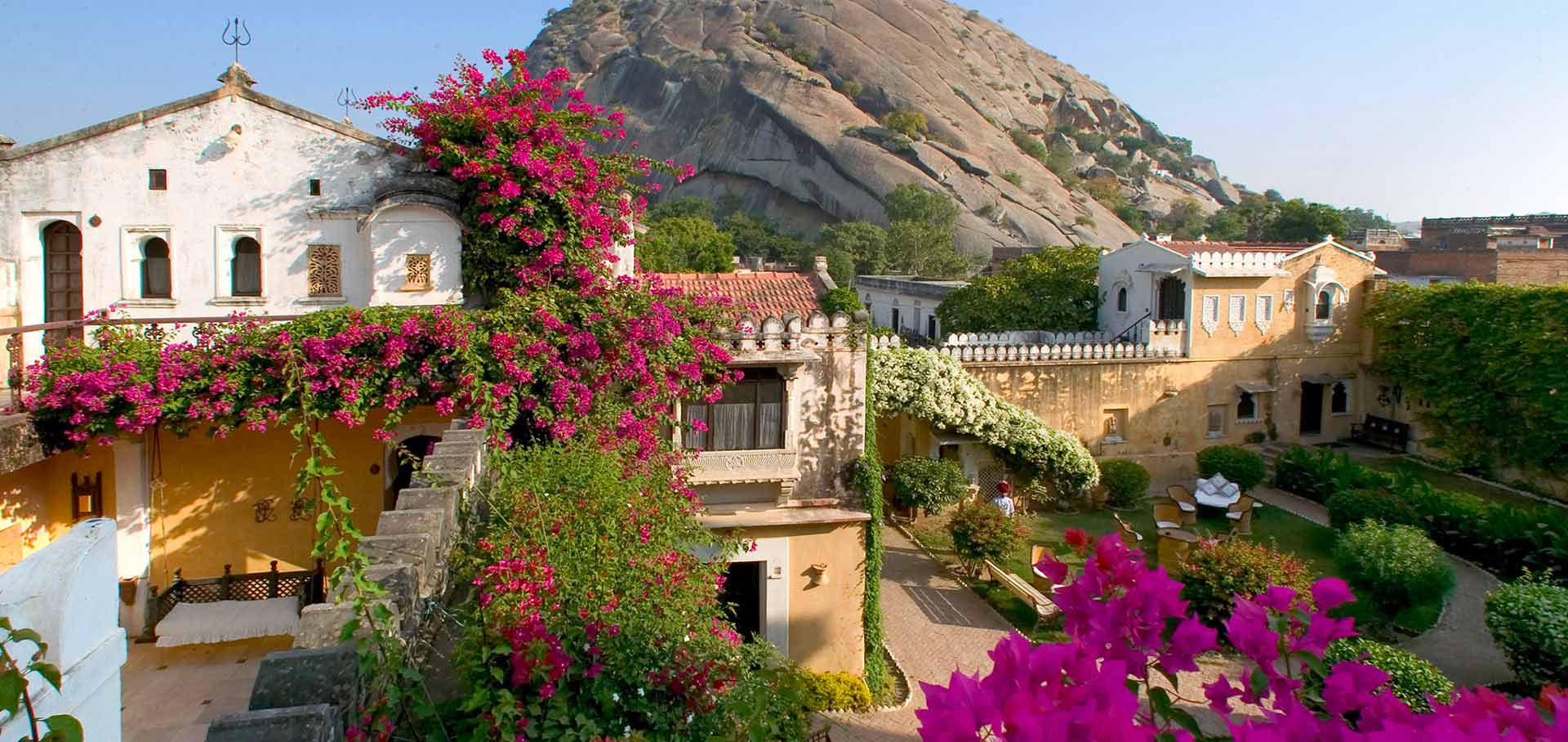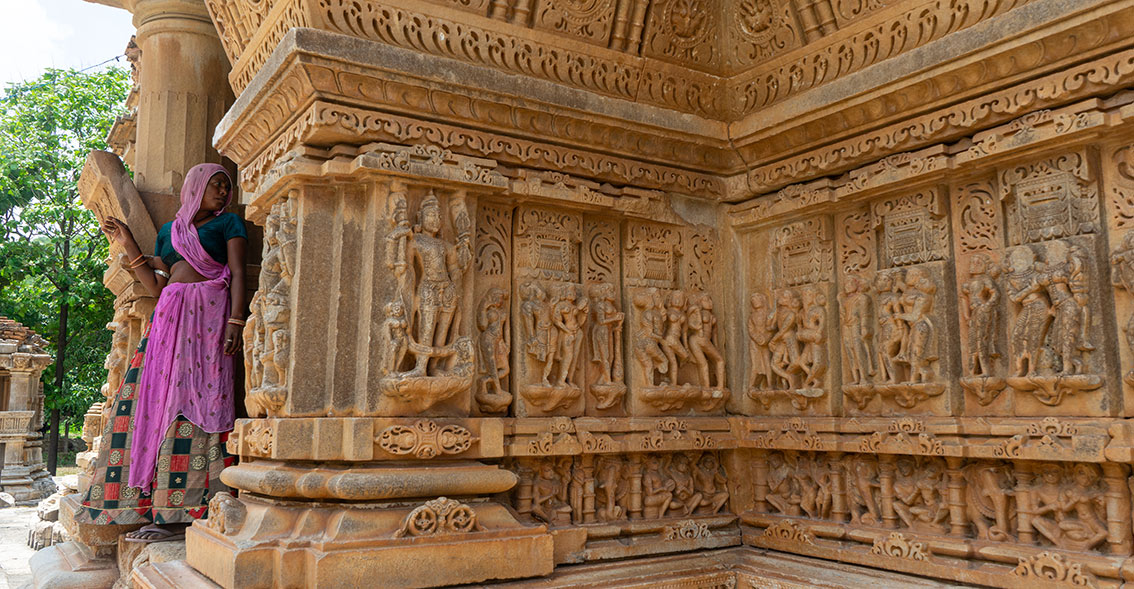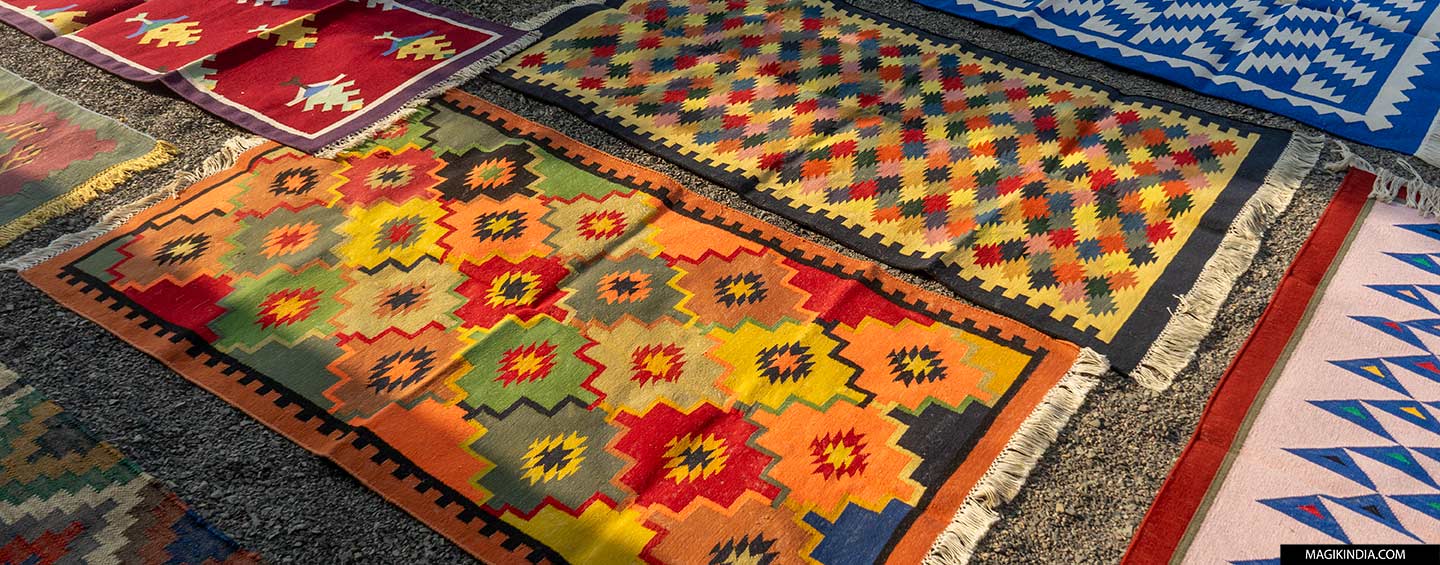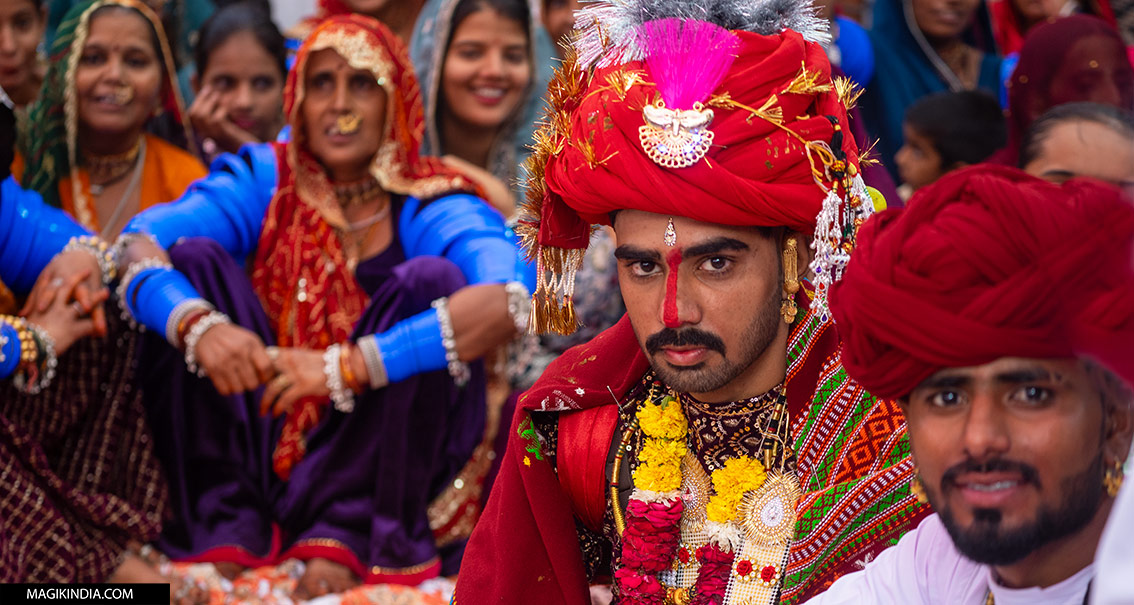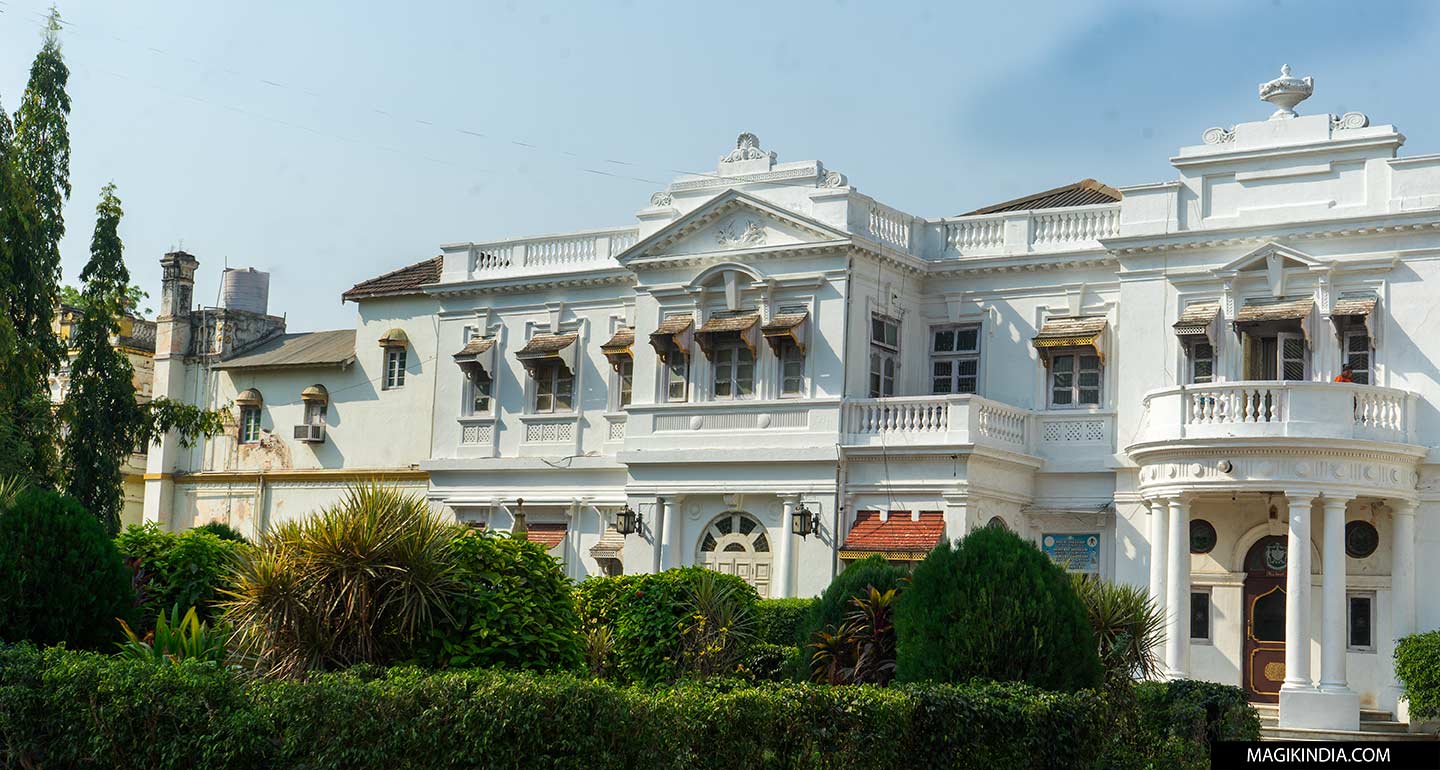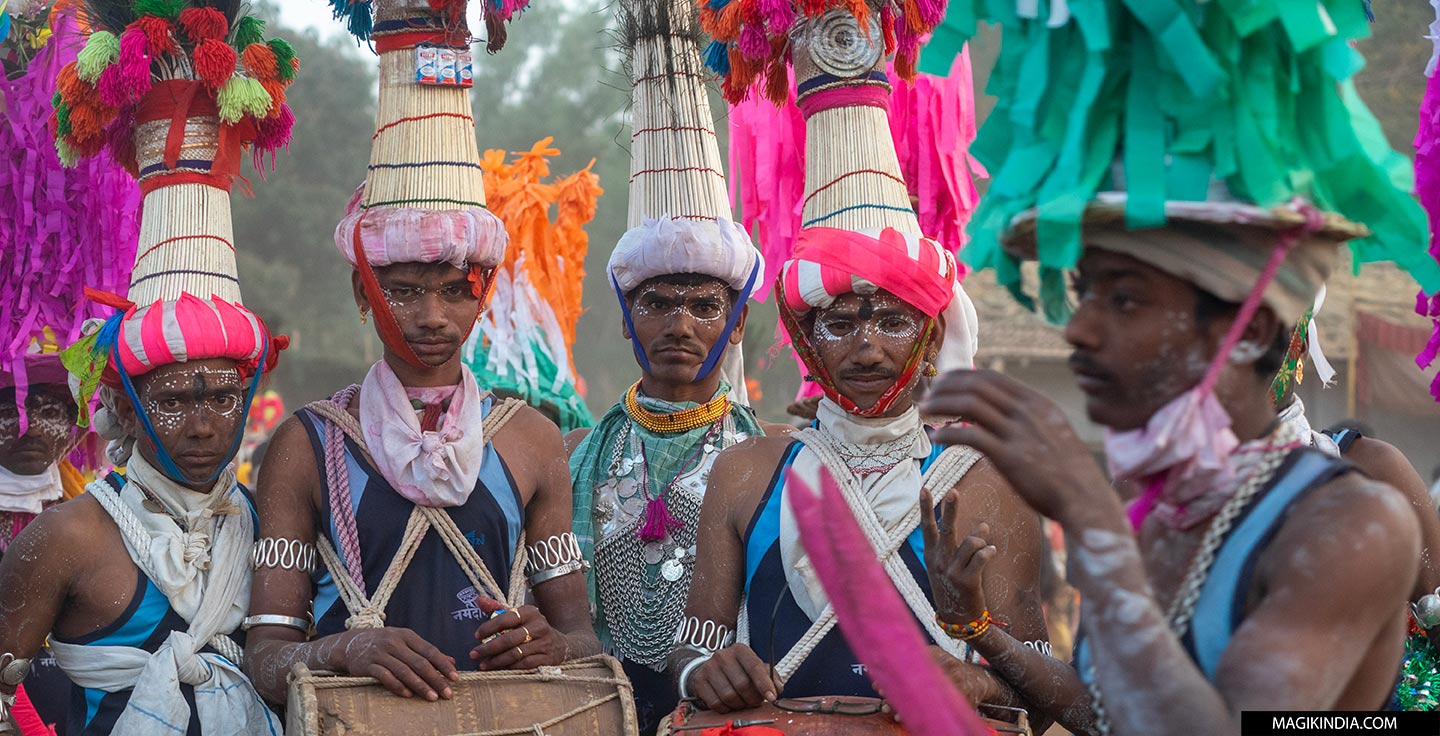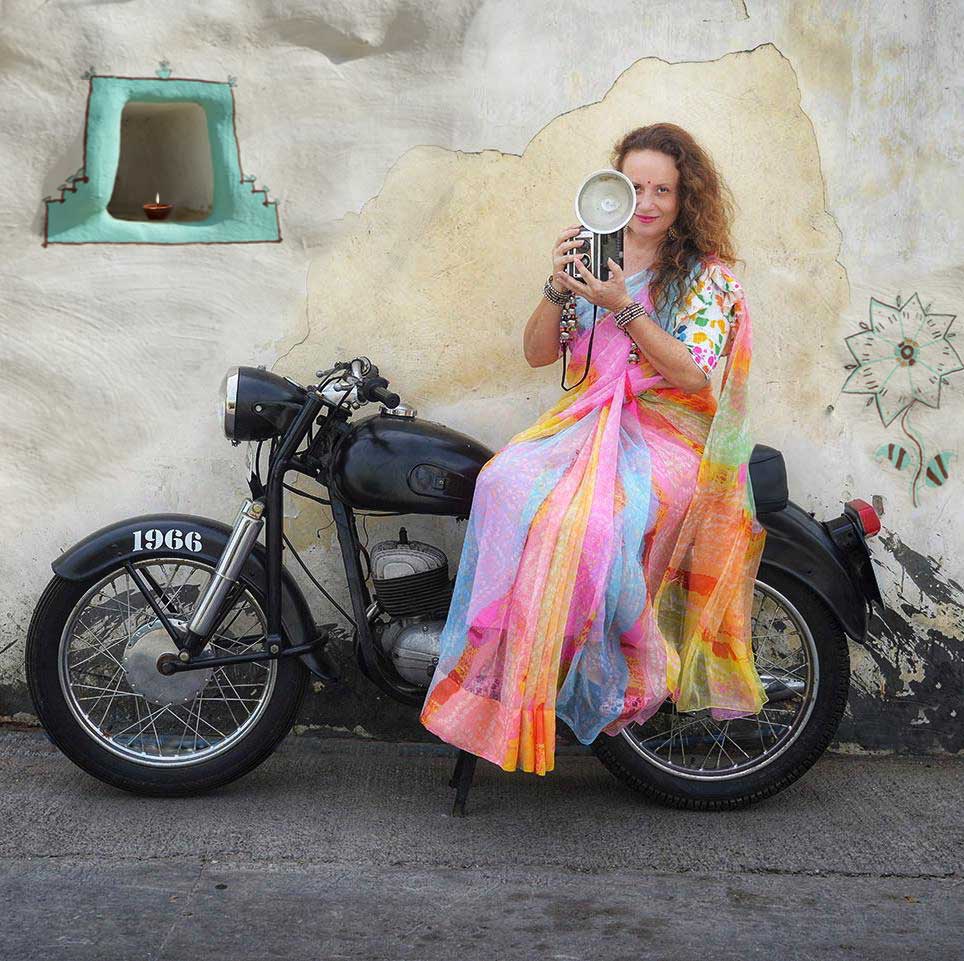
Namaskaram !
Welcome, Padharo ! I'm Mathini, a French woman who has been living in Rajasthan for 10 years. Despite being imbued with Indian culture from a young age it wasn't until 2014 that my Indian adventure really began. I left everything behind in France and set off on a 6-year journey through the land of Gandhi. These adventures are gathered in this blog which aspires, in an intentionally positive spirit, to bear witness to India's remarkably diverse and multifaceted cultural heritage. If this website sparks a desire to pack your bags and set off for an Indian adventure, it will have achieved its purpose. Subh Yatra on Magik India and beautiful explorations in the sacred land of Bharat...
Nestled in the heart of the unspoiled Kinnaur Valley (Himachal Pradesh), the Narayan Nagini Temple in Kalpa is much more than just a place of worship; it is a reflection of the unique local culture, where Hindu and Buddhist traditions blend harmoniously. Rooted in mythology and legend, this century-year-old wooden temple embodies the spiritual soul of the Kinnauri people, whose customs are deeply connected to nature and the region’s protective deities.
Often overshadowed by its neighbors in Rajasthan, the city of Kotah, south of Bundi, nevertheless conceals unsuspected treasures. Its palace, perched on a rocky promontory, houses beautiful frescoes, but it is during the Dussehra festival that the city reveals its full magic. Kotah transforms into a kaleidoscope of colors, music, and religious fervor, offering a vibrant and unforgettable cultural experience to those who venture there.
Rajasthan is not just about the imposing forts of Chittorgarh, Mehrangarh, or Jaisalmer. Beyond these giants, one discovers a multitude of more intimate structures, such as the Rawlas. These ancient residential forts of the Thakurs (local lords) are true hidden gems. Often nestled in the peaceful countryside of Rajasthan, they reveal a unique and authentic perspective on the history, culture, and architecture of the land of kings.
Located in Nagda, just 20 kilometers northeast of Udaipur (Rajasthan), the Sas-Bahu temple complex is a true architectural gem that never fails to amaze me. Each visit is a new opportunity to contemplate and rediscover these remarkable buildings. These temples are an eloquent testament to medieval Indian architecture and sculpture, reflecting the distinctive architectural style of the Solanki dynasty (also known as Chaulukya), which flourished in the region.
In an India undergoing constant transformation, where ancestral traditions are gradually giving way to rampant modernity, the village of Salawas, nestled on the outskirts of Jodhpur in Rajasthan, embodies a silent resistance. Here, dhurries, flat hand-woven rugs, are much more than simple decorative objects: they are the living reflection of ancestral know-how passed down from generation to generation. Each thread, each pattern, each color tells a story, that of a craft rooted in Rajasthani culture. At a time when standardisation threatens regional particularities, Salawas perpetuates the art of dhurrie with rare fidelity, making this village a precious bastion of Indian textile memory.
The last time I attended a Rabari ceremony was with the Vagadiya of Kutch, Gujarat. The atmosphere of their rituals was so immersive that it made me feel as if I were traveling to another space and time. The Raika of Rajasthan share this same art of ceremony. We find there this force of attraction that plunges us into the heart of an ancestral narrative, forging a powerful connection with the deep identity of this unique community.
Rajpipla, a destination off the beaten track in southern Gujarat, stretches peacefully along the Narmada, one of India’s most revered rivers. This former capital of a prosperous Gohil princely kingdom, long a secret, now reveals a few palaces of old-world charm, whose promise of new splendor attracts attention.
Just one month ago, I was staying with the people of the Satpuda Mountains (Maharashtra) for the Holi celebrations and the enchantment has still not faded! The Adivasis, the indigenous people of India, have a different way of celebrating Holi: here, there is no flood of coloured powders, the celebration is expressed through ecstatic dances to the rhythm around a sacred bonfire. The colors are somehow transposed onto the extravagant costumes worn by the gheriyas (dancers) composed of impressive headdresses and belts made of gourds.
